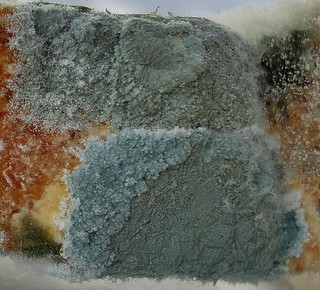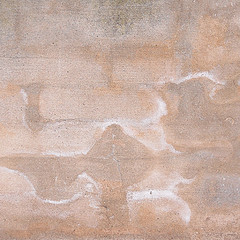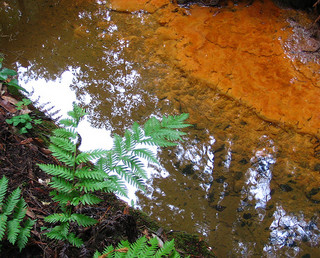WHAT’S THIS STUFF IN MY BASEMENT
WHAT’S THIS STUFF IN MY BASEMENT
No, we are not talking about your boxes full of unidentified dusty matter (although keeping your basement organized is important too). We are referring to the situations when you walked in your basement only to find some unusual stuff covering walls, floor or piping. This is what we’ll discuss today and help you put a name to this new mess you have to clean up.
Is it fuzzy and has a funky smell?
It’s probably mold. Mold is fairly common in the basements because humid, below-ground environment is what mold likes. And your cardboard boxes full of old books and clothes provide excellent food for mold to thrive on. All molds are capable of causing allergies, but some are toxic and may lead to severe respiratory problems after prolonged exposure.
If you find mold in your basement:
-
- Put on a respirator or a face mask
- Get rid of items that suffered heavy mold damage
- Remove the mold from surfaces yourself or hire a mold remediation specialist
- Eliminate the source of excess moisture in your basement – call your local waterproofing specialist to determine if a leak is to blame.
Is it white and fuzzy?
If it’s not mold, you are likely dealing with efflorescence. Unlike mold, efflorescence shouldn’t have any musty smell and usually has a spotty appearance, i.e. it’s most visible along the cracks, joints and seams. This white stuff you are seeing is essentially a salt buildup left by water that infiltrated your porous basement walls, floor or ceiling and evaporated, leaving the dissolved mineral salts behind.
If you find efflorescence in your basement:
- Don’t panic: it’s not dangerous to your health.
- Remove it with a special efflorescence cleaner or through sandblasting.
- Fix the water issue: there is obviously a way for water to enter and exit your basement walls, so the entry points must be closed off to avoid efflorescence in the future.
Is it red and slimy?
Most likely you came across iron bacteria. This type of bacteria attaches to plumbing fixtures, pipes and pumps and feeds off of nutrients from the running water. Iron bacteria form large colonies that appear as a red, slimy film that can clog up drainage system components, such as sump pumps. If you found red goo in your sump pump, it’s likely you have a similar problem with your water well and indoor plumbing fixtures.
So what should you do?
- Don’t procrastinate: if you leave the red slime unattended during a dry season, the goo can harden and clog your pipes and drain tile permanently.
- Remove all the physical traces of the bacteria by disassembling and thoroughly cleaning every part of the sump pump, sump pit and drainage outlets.
- Flush the drainage system with hot water to kill bacteria inside the pipes. If this doesn’t help, a chemical treatment might be necessary.
- In most cases, iron bacteria problem is a persistent issue that is extremely difficult to get rid of, as the bacteria naturally occurs in ground water. Monthly chemical treatment might be required to keep the bacteria growth under control.
Don’t panic if you come across any of these wonders of nature in your basement. Got some scary stories of your own? Feel free to share.



